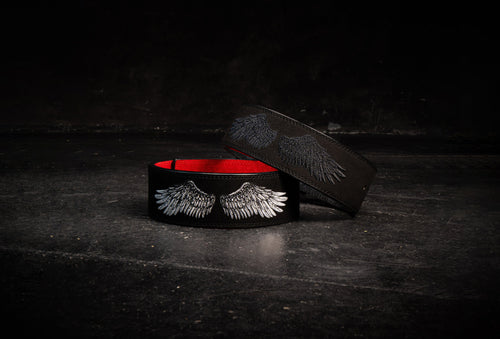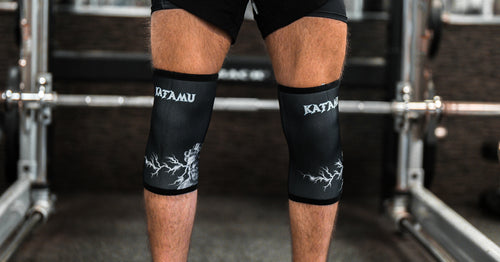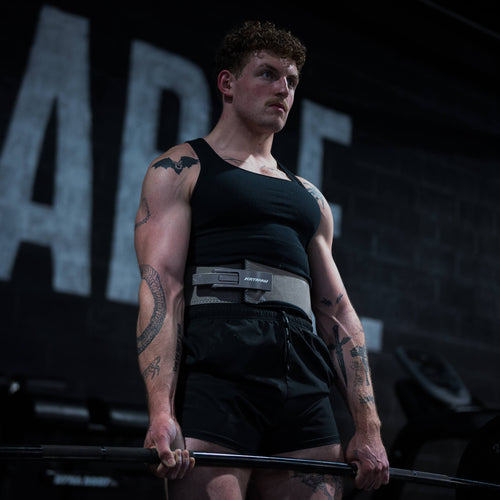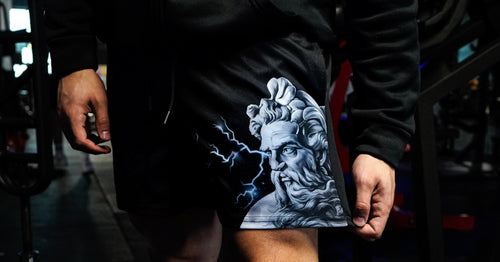Lever belts are taking the strength world by storm in 2025, with more lifters than ever searching for ways to level up their performance and safety.
If you want to master the lever belt lever for heavy lifts, you are in the right place. This complete guide offers expert tips, step-by-step instructions, and the latest insights so you can use your lever belt lever with confidence.
You will discover what makes a lever belt essential for strength training, how to pick the perfect belt for your needs, and proven ways to keep it in top shape. Ready to unlock your next PR? Let us dive in and help you train smarter and safer.
Understanding Lever Belts: What Sets Them Apart?
Lever belts have become a staple in strength training, but what exactly makes them stand out? This section breaks down the anatomy, unique benefits, ideal users, and common misconceptions of the lever belt lever. By the end, you will understand why these belts are gaining traction in gyms everywhere.
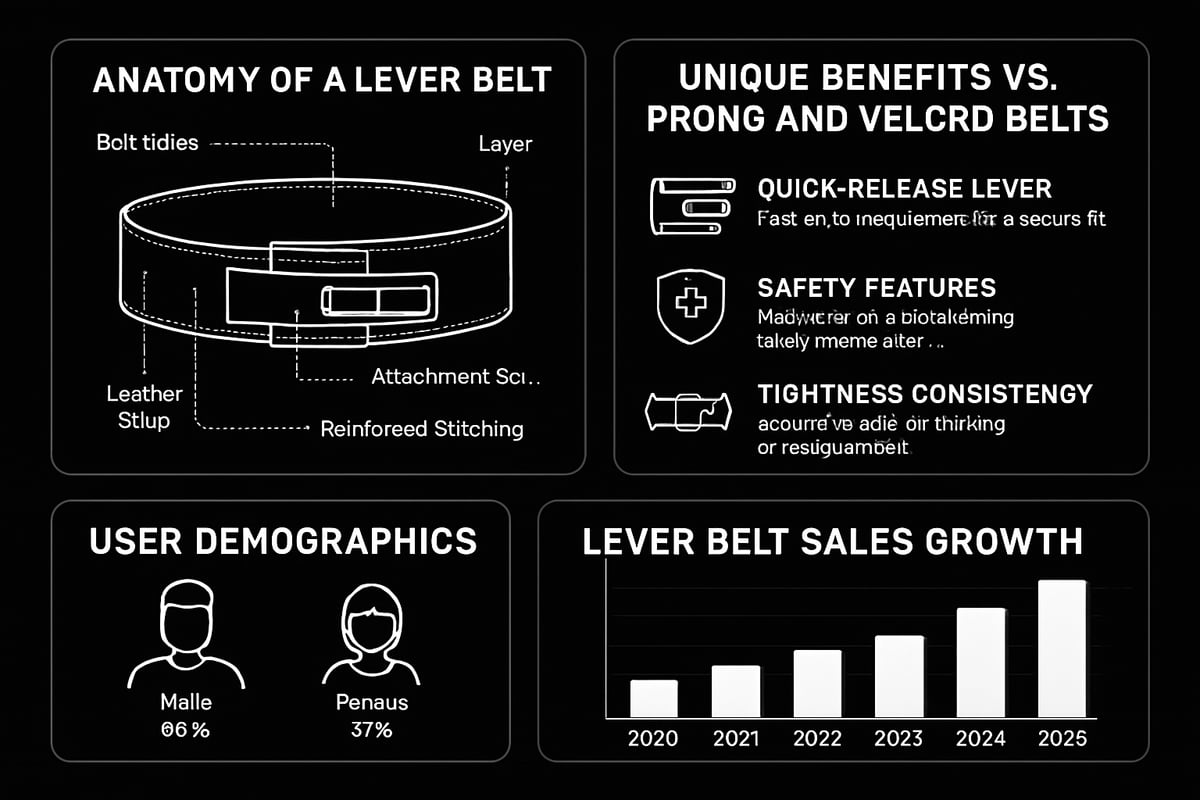
What Is a Lever Belt?
A lever belt lever is a specialized lifting belt designed with a quick-locking lever mechanism, setting it apart from traditional prong or Velcro belts. The lever allows lifters to fasten and release the belt with minimal effort, creating a consistent level of tightness every time.
Key components include the lever, sturdy buckle, belt thickness (typically 10mm or 13mm), width (3 or 4 inches), and high-quality materials like leather or suede. The lever mechanism is what makes this belt unique, offering a secure fit for heavy lifts. For example, IPF-approved lever belts must meet strict standards for thickness and width, ensuring safety and reliability.
Sales data shows a significant surge in lever belt lever purchases over the past three years, with more brands entering the market. For an in-depth look at how thickness and material impact performance, see the Lifting belt weight guide.
Unique Benefits of Lever Belts
The lever belt lever delivers several unique advantages for lifters. First, its fast and consistent tightening system means less time adjusting and more time focusing on your lift. This consistency leads to superior core stability and helps generate higher intra-abdominal pressure, crucial for big lifts like squats and deadlifts.
Many athletes find that the lever belt lever enhances safety by providing reliable support, reducing the risk of injury during maximal efforts. Durability is another standout feature, as these belts are built to last through years of intense training. In fact, powerlifting competitions often require approved lever belts because of their proven performance.
Statistics from recent meets highlight that lever belt lever users report fewer belt malfunctions and longer product lifespans compared to other types.
Who Should Use a Lever Belt?
The lever belt lever is popular among powerlifters, bodybuilders, strongman athletes, and dedicated gymgoers looking for added support. However, it is not just for elite competitors. Average gym users benefit from the extra confidence and stability, making heavy lifts safer and more effective.
Both men and women across various body types find the lever belt lever adaptable and comfortable. Adoption rates have skyrocketed among recreational lifters, thanks in part to positive reviews from athletes and fitness communities. Competitor surveys reveal high satisfaction scores, with many users noting improved performance and reduced fatigue.
Whether you are just starting or aiming for a new personal best, the lever belt lever can be a game-changer.
Common Lever Belt Myths and Misconceptions
Despite its benefits, the lever belt lever faces a few stubborn myths. Some believe it is only for elite powerlifters, but many everyday gym users safely incorporate it into their routines. Another misconception is that lever belts restrict movement or cause injury. In reality, proper use of a lever belt lever enhances safety and performance.
Let us debunk a few common myths:
- Only professionals need a lever belt lever.
- Lever belts make you weaker or dependent.
- They are uncomfortable for most users.
Real-world examples and user testimonials consistently show that, when used correctly, the lever belt lever reduces injury risk. Recent statistics indicate a notable drop in reported back injuries among lifters who use their lever belt lever as recommended.
Choosing the Right Lever Belt for 2025
Finding the perfect lever belt lever in 2025 is about more than just picking a brand. With new models and innovations, your choice can directly impact your performance and safety. Let's break down the essential factors so you can confidently select a lever belt lever that fits your needs and style.
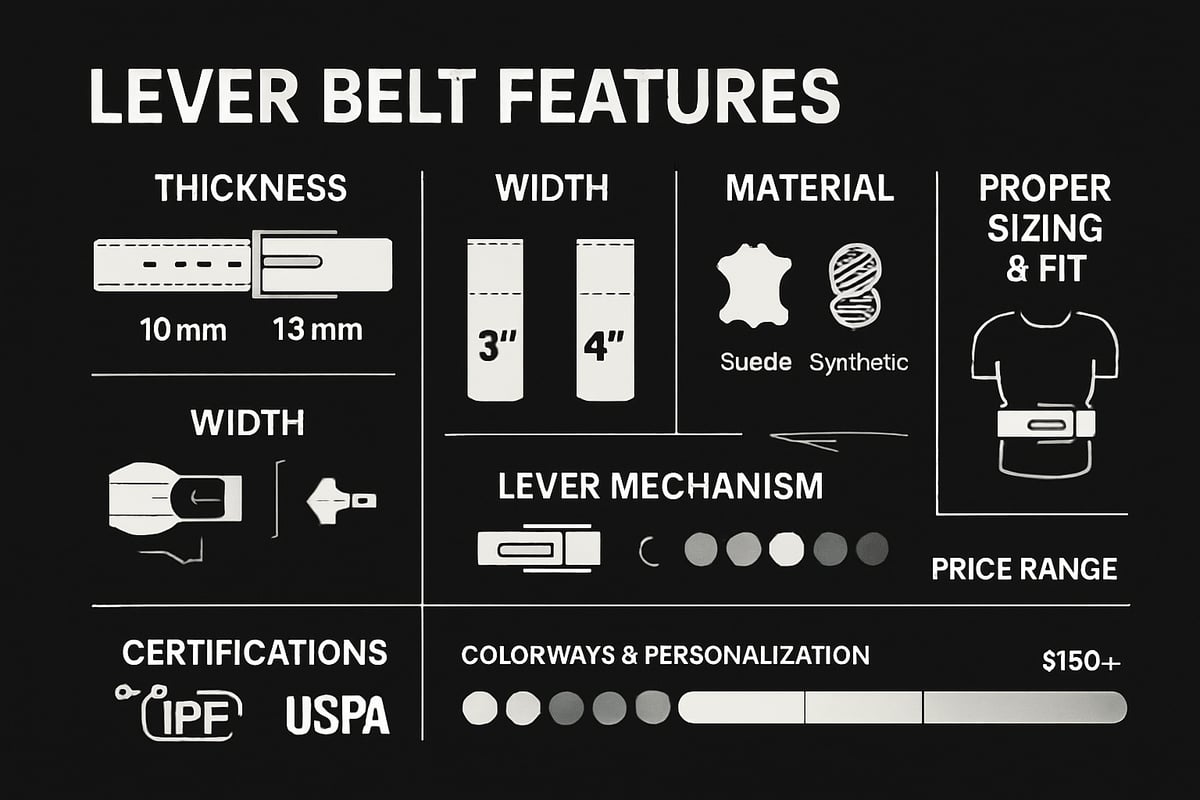
Key Features to Consider
When choosing a lever belt lever, focus on the details that matter most. Thickness is a big decision: 10mm belts offer flexibility and comfort, while 13mm belts provide maximum support for heavy lifts. Width options, typically 3 or 4 inches, impact how the belt fits your torso and supports your core.
Materials also play a crucial role. Leather is the gold standard for durability, but suede and synthetic options are growing in popularity for their feel and maintenance. Pay attention to the lever mechanism itself—high-quality steel levers last longer and provide smoother adjustments.
Here's a quick comparison:
| Feature | Option 1 | Option 2 | Pros | Cons |
|---|---|---|---|---|
| Thickness | 10mm | 13mm | Flexibility/Support | Comfort/Stiff |
| Width | 3" | 4" | Mobility/Support | Less/More Bulk |
| Material | Leather | Synthetic | Durability/Cleaning | Cost/Feel |
Look at IPF-approved lever belt lever models for the highest standards. Sales data shows a spike in these premium belts as more lifters demand reliability.
Sizing and Fit: Getting It Right
Getting the right fit for your lever belt lever is essential for both comfort and safety. Start by measuring your waist at the point where you plan to wear the belt, usually around your navel. The belt should fit snugly, providing support without restricting breathing or movement.
Always refer to brand-specific sizing charts, as sizes can vary. Many returns and exchanges happen because of common mistakes, like measuring over clothing or using pant size instead of actual waist measurement. To avoid these pitfalls, check out this detailed guide on choosing the right weightlifting belt size.
Pro tip: Adjust the lever to allow for micro changes in fit. This flexibility lets you find your ideal lever belt lever position for different lifts and body changes.
Certification and Competition Approval
If you plan to compete, certification matters for your lever belt lever. Organizations like the IPF and USPA have strict requirements for belt dimensions, materials, and construction. Always check if your belt is listed as approved before purchasing.
IPF-approved belts are designed for maximum safety and performance, making them a smart choice for serious lifters. Brands often display their certifications, and competitors frequently highlight these in product listings.
Why is this important? A non-approved lever belt lever might get rejected on meet day, costing you time and money. Certified belts also tend to have better build quality and durability.
Lever Belt Designs and Aesthetics
In 2025, the lever belt lever is as much a statement piece as it is a lifting tool. Classic black and brown leather remain popular, but modern lifters are opting for bold colorways, custom embroidery, and limited-edition designs.
Brands are releasing artistic and expressive belts to meet consumer demand for individuality. Whether you prefer a minimalist look or want your lever belt lever to stand out, there is a style for everyone.
Personalization options, like custom logos or names, are trending. Many lifters now see their belt as part of their gym identity, not just gear.
Budget and Value Considerations
A quality lever belt lever is an investment, with prices ranging from $65 to $150 or more. While it can be tempting to choose a cheaper option, remember that durability and support are critical for long-term use.
Higher-priced belts often use premium materials, stronger levers, and better stitching. Some brands offer bundles or strength kits that include accessories, providing extra value. Here's a quick price breakdown:
| Price Range | What to Expect |
|---|---|
| $65-$90 | Basic materials, limited styles |
| $90-$120 | Better levers, more options |
| $120+ | Premium builds, custom designs |
Consider your needs and lifting frequency when deciding. The right lever belt lever offers peace of mind, lasting support, and can even save money over time by reducing replacements.
How to Set Up and Adjust Your Lever Belt: Step-by-Step Guide
Setting up your lever belt lever correctly can make the difference between safe, confident lifting and frustrating setbacks. Follow this practical, step-by-step guide to ensure your lever belt lever delivers maximum performance and comfort every time you train.
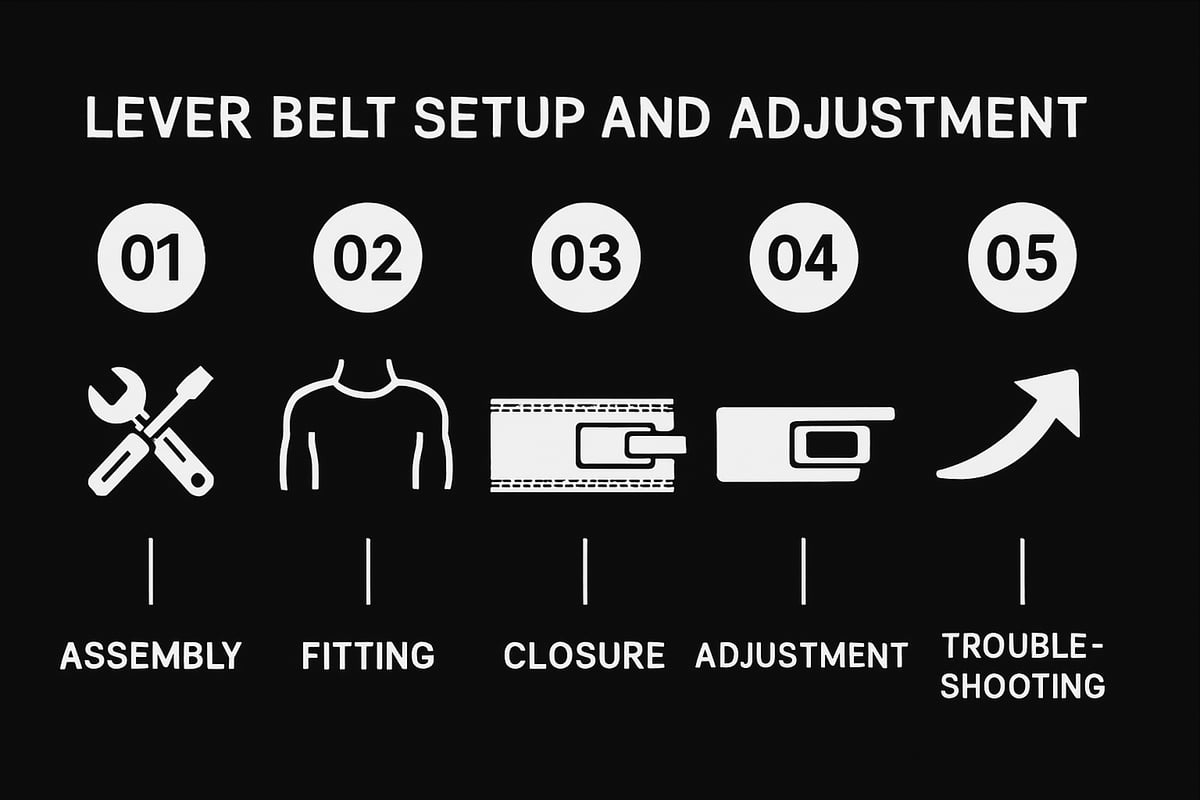
Step 1: Assembling the Lever Mechanism
Unpack your new lever belt lever and lay out all the parts: the belt, lever, screws, and any included tools.
Start by aligning the lever with the pre-drilled holes on the belt's end. Use a screwdriver to secure the lever tightly, ensuring it's flush against the leather.
A common mistake is overtightening or misaligning the lever, which can strip the screws or damage the leather.
Always check the manufacturer's instructions for your specific lever belt lever model.
If you're unsure, many brands offer video guides to simplify the process.
Double-check that the lever moves smoothly before you move on.
Step 2: Finding Your Perfect Fit
Wrap the lever belt lever around your torso, just above your hip bones.
Pull the belt snug, but not painfully tight, and mark the hole that lines up best with the lever's latch.
Adjust the lever mechanism by unscrewing and moving it to the marked hole, then retest the fit.
Everyone's body is different, so take time to find your sweet spot.
A lever belt lever should feel supportive, not restrictive, allowing you to brace and breathe deeply.
Avoid the mistake of setting the belt too loose or too tight, which can impact stability and comfort.
Step 3: Securing and Testing the Closure
Close the lever belt lever by hooking the lever into place and snapping it shut.
You should feel firm, even pressure around your core when you take a deep breath.
Test the quick-release function by opening the lever—this is crucial for safety during heavy lifts.
Try a few bodyweight squats or deadlifts to check for slippage or pinching.
If you feel uneven pressure, adjust the lever position and retest.
Proper closure ensures your lever belt lever supports your spine and enhances your performance.
For more on how proper belt setup can impact lift mechanics, see this study on weightlifting belts and deadlift kinematics.
Step 4: Adjusting for Different Lifts
Your lever belt lever may need slight adjustments depending on the lift.
For squats, a slightly higher position and tighter fit may offer better bracing, while deadlifts can benefit from a lower or looser setting.
Many lifters mark their preferred holes for each movement, making quick changes between sets easier.
Compared to prong belts, the lever belt lever allows for faster, more consistent adjustments.
Experiment with tightness and placement to find what works best for your body and training goals.
Surveys show lifters appreciate the lever belt lever for its speed and reliability during busy gym sessions.
Step 5: Troubleshooting Common Issues
If your lever belt lever slips, feels uncomfortable, or the lever mechanism malfunctions, start by inspecting the screws and alignment.
Loose screws are a frequent culprit and can be fixed by tightening with the correct tool.
If the buckle jams or the lever shows signs of wear, check your warranty—many major brands offer part replacements.
For persistent issues, consider contacting the manufacturer for support or professional repair.
Routine care and regular inspection help prevent premature wear and tear, keeping your lever belt lever reliable for years of heavy lifting.
Lever Belt Technique: Expert Tips for Maximum Performance
Unlocking the full potential of your lever belt lever requires mastering both technique and timing. Whether you are grinding through a heavy squat or pulling a new deadlift PR, the right approach ensures you get maximum support, safety, and results. Here is how to fine-tune every aspect of your lever belt lever use for peak performance in 2025.
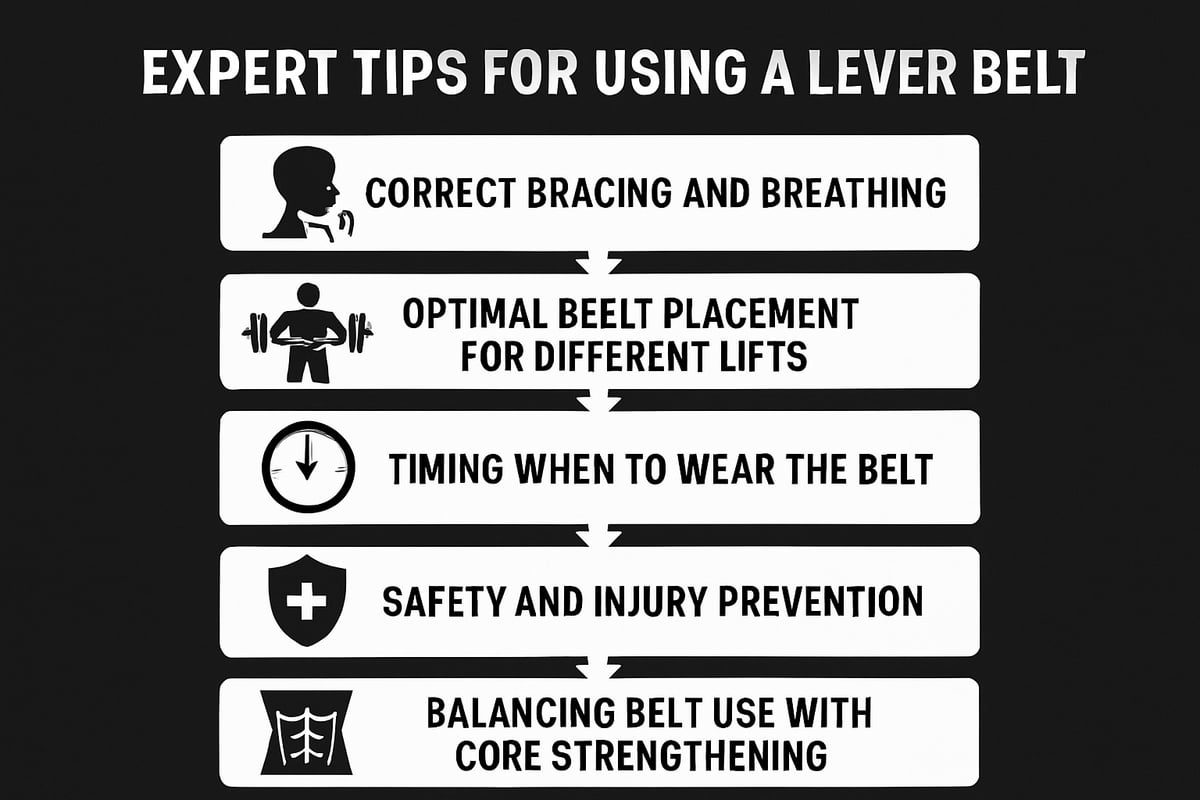
Bracing and Breathing with a Lever Belt
Proper bracing is the foundation for effective lever belt lever use. Start by positioning the belt snugly around your midsection, then inhale deeply into your belly. Push outward against the belt to create intra-abdominal pressure. This technique stabilizes your spine and helps transfer force efficiently during heavy lifts.
Powerlifting coaches recommend practicing this bracing with and without weight to build muscle memory. Studies show that using a lever belt lever with correct bracing can reduce injury risk and improve lifting performance. Remember, the belt is a tool to enhance—not replace—core engagement.
Lever Belt Placement for Different Lifts
Where you place your lever belt lever can make a significant difference. For squats, position the belt just above your hip bones, allowing your torso to stay upright. For deadlifts, some lifters prefer the belt slightly higher or lower based on comfort and range of motion. Bench press setups may require a looser fit and different placement to avoid restricting breathing.
Visual guides from top competitors show that individual anatomy plays a role. Experiment with your lever belt lever placement during warm-ups to find the sweet spot. Avoid common mistakes like wearing the belt too high or too loose, which can compromise support.
When to Wear Your Lever Belt
Knowing when to use your lever belt lever is key for both safety and progress. Most lifters reserve the belt for working sets or heavy attempts, skipping it during warm-ups and accessory movements. Overusing the belt can hinder core development and make you reliant on external support.
Competition rules often dictate when a lever belt lever can be worn, so check guidelines if you plan to compete. Surveys reveal that experienced lifters use their belts strategically, maximizing both raw strength and supported lifts. Find a routine that balances support and natural movement.
Lever Belt Safety and Injury Prevention
Safety should always come first with any lever belt lever. Avoid over-tightening, which restricts movement and can impact breathing or circulation. Monitor for signs of discomfort or bruising, which suggest improper use. Always listen to your body and adjust as needed.
Research on lifting belts and spine moments highlights how a lever belt lever can stabilize your spine and reduce injury risk when used properly. If you experience pain or numbness, reassess your technique and belt fit. Expert coaches stress gradual progression and regular check-ins for safe lifting.
Progression: Building Core Strength with and without a Belt
A lever belt lever can boost your lifts, but it is vital to build raw core strength alongside belt use. Incorporate beltless sets into your training to develop stability and control. Many athletes follow periodized programs that alternate between belted and unbelted lifts for balanced progress.
Success stories from top lifters show that a strategic approach to lever belt lever use leads to improved performance and injury prevention. Data reveals that combining core exercises with smart belt use results in stronger, more resilient athletes.
Maintenance and Longevity of Your Lever Belt
Taking care of your lever belt lever ensures it lasts for years. Wipe down the belt after each session to remove sweat and chalk. Store it flat in a cool, dry place to prevent warping or cracking. Regularly inspect the lever mechanism and buckle for signs of wear or damage.
Follow manufacturer recommendations for cleaning and maintenance. Statistics show that well-maintained lever belt levers can last five years or more, making them a smart investment. Routine care protects both your equipment and your performance.
Lever Belt Innovations & Trends to Watch in 2025
The world of lever belt lever design is evolving fast, with 2025 set to be a breakthrough year for gym enthusiasts and lifters. Today’s belts are more than just sturdy pieces of leather—they’re expressions of personal style and packed with innovative features. Let’s explore the latest trends shaping the future of lever belt lever technology.
New Materials and Construction Methods
Eco-conscious lifters are driving demand for sustainable lever belt lever options. In 2025, brands are rolling out vegan and recycled materials, offering belts that rival traditional leather in strength and durability. Enhanced construction methods, such as reinforced stitching and flexible cores, increase comfort without sacrificing performance.
Innovations in lever mechanisms are also at the forefront, with smoother locking systems and corrosion-resistant alloys. For those looking to optimize their safety and performance with a full set of supportive gear, check out the benefits of good wrist straps to complement your lever belt lever setup.
Customization and Limited Editions
Personalization is a top trend in lever belt lever design. Lifters now choose from a wide array of colorways, custom embroidery, and even artist-collaborated themes. Limited-edition releases, featuring bold graphics and unique patterns, are highly sought after and often sell out quickly.
The ability to express individual identity is more important than ever, with brands offering online configurators for custom belt designs. Data from leading retailers shows a significant rise in custom orders, highlighting the growing demand for belts that stand out on the platform and in the gym.
Smart Features and Tech Integration
The lever belt lever is getting a digital upgrade. New models feature smart levers with integrated sensors that track tension, usage, and even provide feedback on bracing technique. Digital adjustability is making it easier to fine-tune support for each lift, ensuring optimal performance.
Prototype belts now sync with fitness apps to log training data and monitor wear. As smart lifting gear becomes more common, lifters are using technology to prevent injury and maximize gains, referencing research on back belts and occupational low-back pain for informed decisions.
Community and Social Influence
Social media is a powerful force in shaping lever belt lever trends. Viral posts of eye-catching belts on platforms like Instagram and TikTok fuel demand for both innovative features and creative designs. Influencer collaborations and endorsements are now common, with top athletes showcasing limited-edition belts to their followers.
Community engagement drives brand loyalty and inspires lifters to seek out the latest styles. Data shows that posts featuring unique lever belt lever designs receive higher engagement, influencing consumer preferences and future product releases.
Frequently Asked Questions About Lever Belts
Common questions about lever belt lever use arise for lifters at all experience levels. Here, we answer the most pressing questions to help you train smarter and safer in 2025.
How Tight Should a Lever Belt Be?
Finding the right tightness for your lever belt lever is essential for safety and performance. The belt should be snug enough to increase intra-abdominal pressure, yet not so tight that it restricts breathing or movement.
A good rule of thumb is to position the belt so you can take a deep breath and brace your core without discomfort. Over-tightening can lead to bruising or even hinder your lift mechanics, while a loose belt will not offer proper support. According to user comfort surveys, most lifters find that a fit allowing 1–2 fingers between the belt and torso works best.
For more on how lumbar support affects strength, see this research on lumbar belts and trunk muscle strength. Always test your lever belt lever tension during warmups and adjust as needed for each lift.
Can Beginners Use Lever Belts?
Yes, beginners can use a lever belt lever as part of their training toolkit. The key is to first master proper lifting form and bracing technique before relying on any support gear.
Start by using the lever belt lever only for heavy working sets, not during warmups or light accessory work. This helps you build natural core strength while benefiting from extra support when it matters most. Many beginner progression plans recommend introducing the belt after several months of consistent training.
Avoid becoming dependent on the lever belt lever for every movement. Data shows that beginner adoption rates are rising, but smart, gradual use leads to better long-term results.
How Do I Maintain and Clean My Lever Belt?
To keep your lever belt lever in top condition, regular cleaning and maintenance are crucial. Wipe down the belt with a soft cloth after each session to remove sweat and debris.
For deep cleaning, use a mild soap solution and avoid harsh chemicals that can damage leather or synthetic materials. Let the belt air dry completely before storing it in a cool, dry place. Manufacturer care guides suggest checking the lever mechanism for tightness and signs of wear at least monthly.
Common maintenance mistakes include over-soaking, using heat to dry, or skipping routine inspections. With proper care, your lever belt lever can last for years and retain its support.
What Should I Do If My Lever Breaks?
If your lever belt lever breaks, first inspect the buckle and all connecting parts for visible damage. Many brands offer replacement levers or parts, and some provide warranty coverage for such issues.
Decide whether a DIY fix is possible using basic tools, or if a professional repair is needed. Warranty policies from leading competitors often cover lever malfunctions within the first year. If the lever belt lever is beyond repair, replace it promptly to avoid compromising your safety.
Data shows lever malfunctions are relatively rare, but addressing them quickly extends your belt’s lifespan and ensures reliable support for every lift.
Now that you know what sets a great lever belt apart and how to get the most out of yours, you’re ready to bring your lifting game to the next level. Whether you’re gearing up for heavy squats or just want that extra confidence on your next PR, investing in a quality lever belt that fits your style and needs makes all the difference. If you’re ready to put these expert tips into action and build a setup that lasts, explore our selection of premium belts and accessories to find the perfect fit for you.
Build your setup
